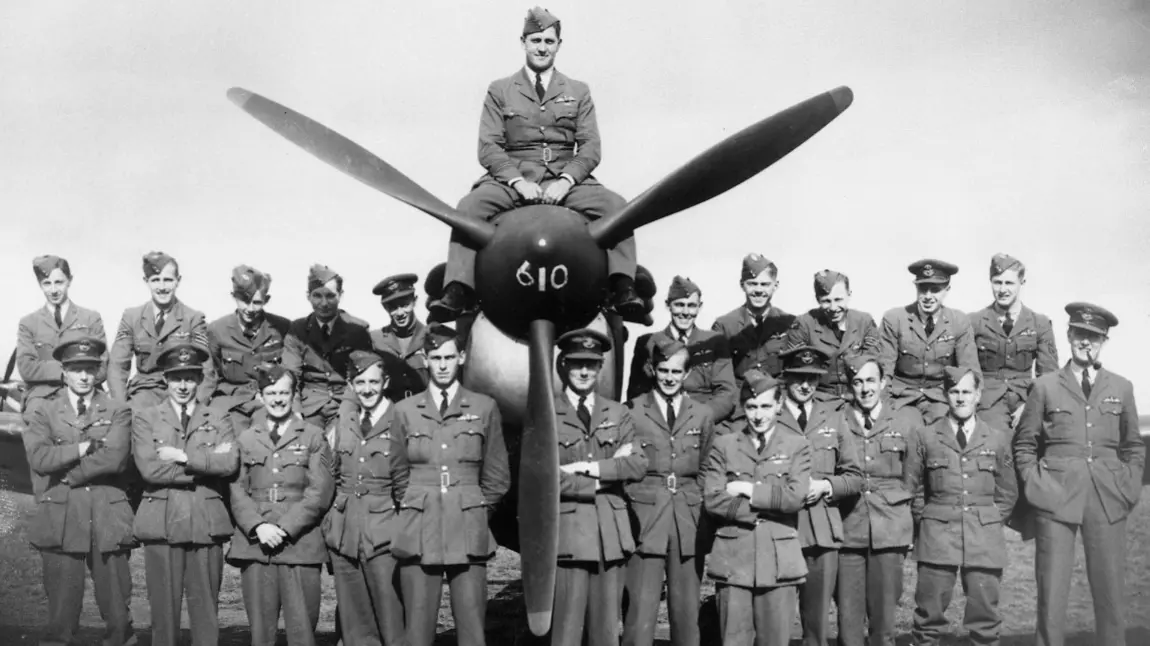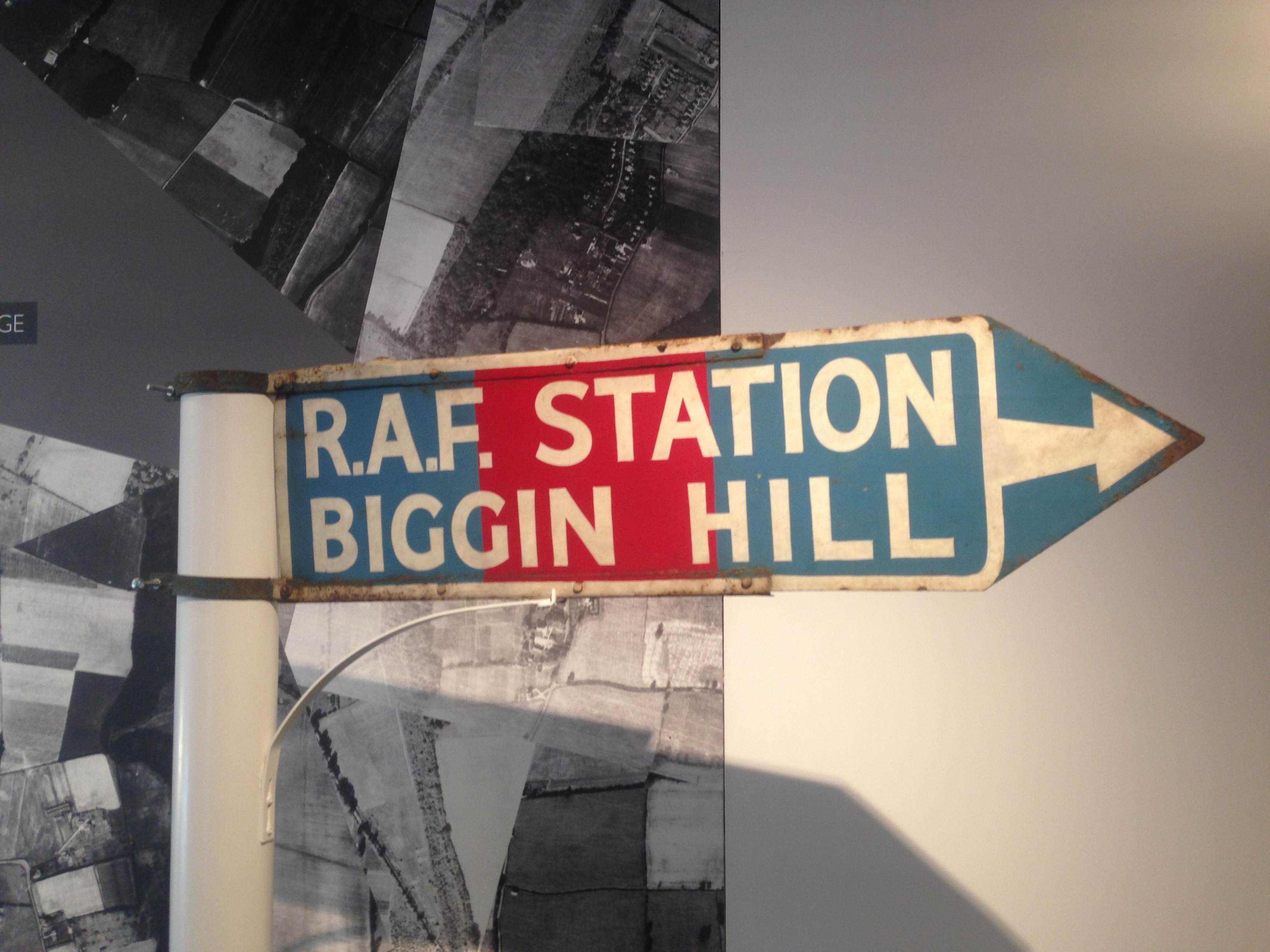Hear the real voices of the Battle of Britain at Biggin Hill Memorial Museum

Remember ‘the Few’ and honour ‘the Many’
The testimonies, along with newly discovered archives and collections, focus on the experiences of ‘the Few’, who risked their lives in defence of the nation, and ‘the Many’ who supported them on the ground.
Stories include:
- Local children who used aircraft recognition cards to learn how to spot German aircraft.
- Pilots who inscribed their names on the table of a local pub and turned a tankard upside down on the bar each night to remember lost friends.
- The achievements of the Women’s Auxillary Air Force (WAAF) including Elspeth Henderson who was awarded a Military Medal for her courageous actions during the bombing of Biggin Hill in 1940.
- An RAF Biggin Hill sign which would have been a familiar sight for the surrounding community.
- Memories of pilots and ground crew including Adolph ‘Sailor’ Malan, a South African fighter pilot who led the No. 74 Squadron in the Battle of Britain and became Station Commander at Biggin Hill.
“We hope their stories will inspire generations and continue to remind us of the very best of the human spirit.” Jemma Davey, Biggin Hill Memorial Museum Director.
Discover Churchill’s ‘strongest link’
RAF Biggin Hill is over a century old. It was originally established in 1917 as a testing ground for pioneering developments in flight, giving us many of the comforts we take for granted as we fly around the world today, including air-to air communication and seat belts.

"Through video interviews, photographs and written testimonies, the real people involved in the Battle of Britain will share their experiences with you first hand.”
It is Biggin Hill’s role in the Battle of Britain however, that defines its history. Part of a chain of airfields that protected the capital, it was memorably described by Sir Winston Churchill as the ‘strongest link’.
The museum is on the same site as St George’s RAF Chapel of Remembrance. The chapel was built in 1951 at the behest of Churchill as a memorial to the 454 pilots killed flying from Biggin Hill during the Second World War. It has been painstakingly restored to its original 1950s design and will continue to serve as a place of worship and pilgrimage.
Dan Snow, historian and TV presenter, said: "Historians often face the challenging job of representing history second hand and the heavy responsibility of telling other people’s stories on their behalf. However, Biggin Hill Memorial Museum is offering a very different experience. Through video interviews, photographs and written testimonies, the real people involved in the Battle of Britain will share their experiences with you first hand.”
Plan your visit
Visit the Biggin Hill Memorial Museum website to arrange a visit. Share your experiences on social media using #BHMM and #NationalLotteryHeritageFund.